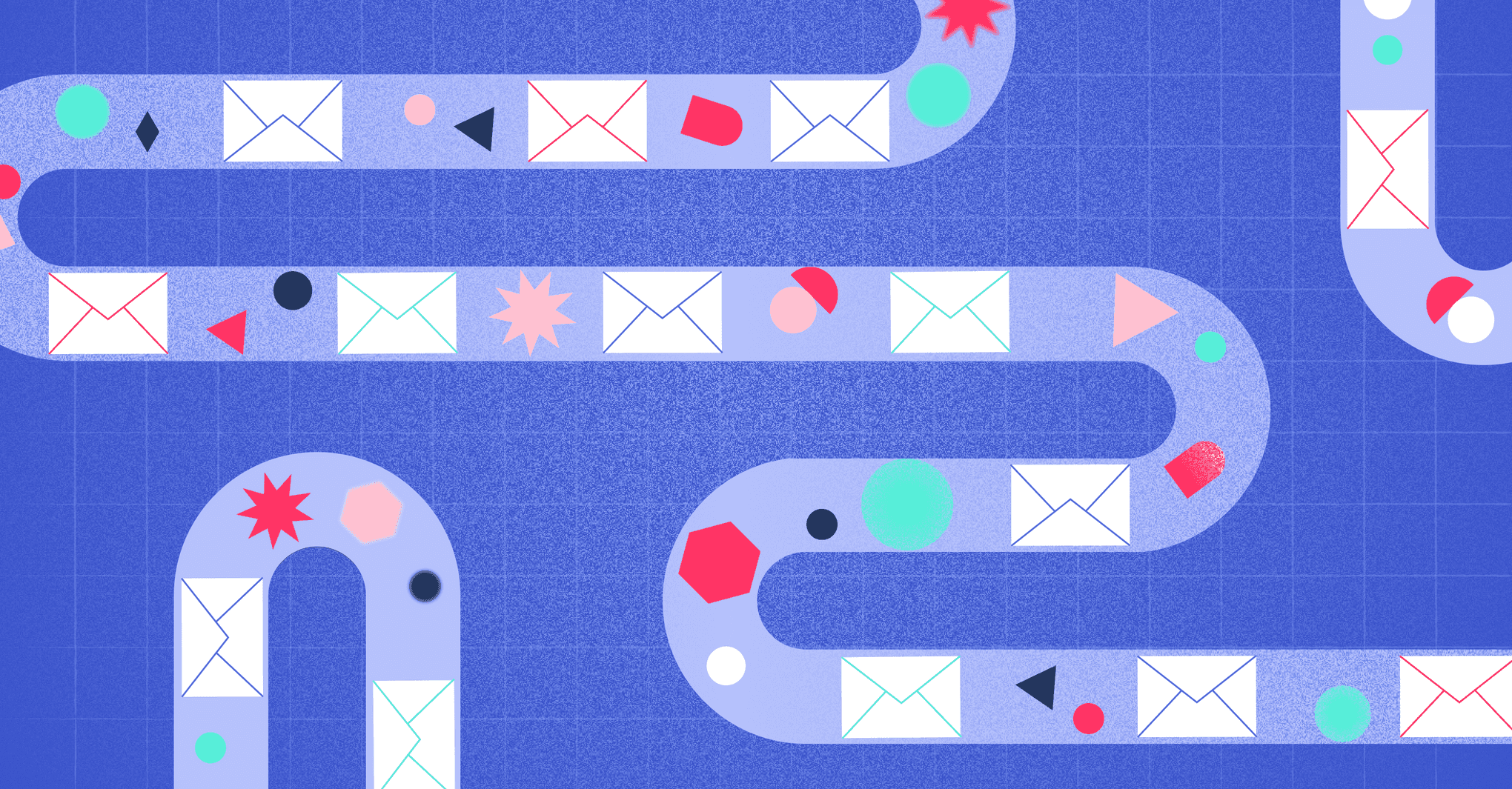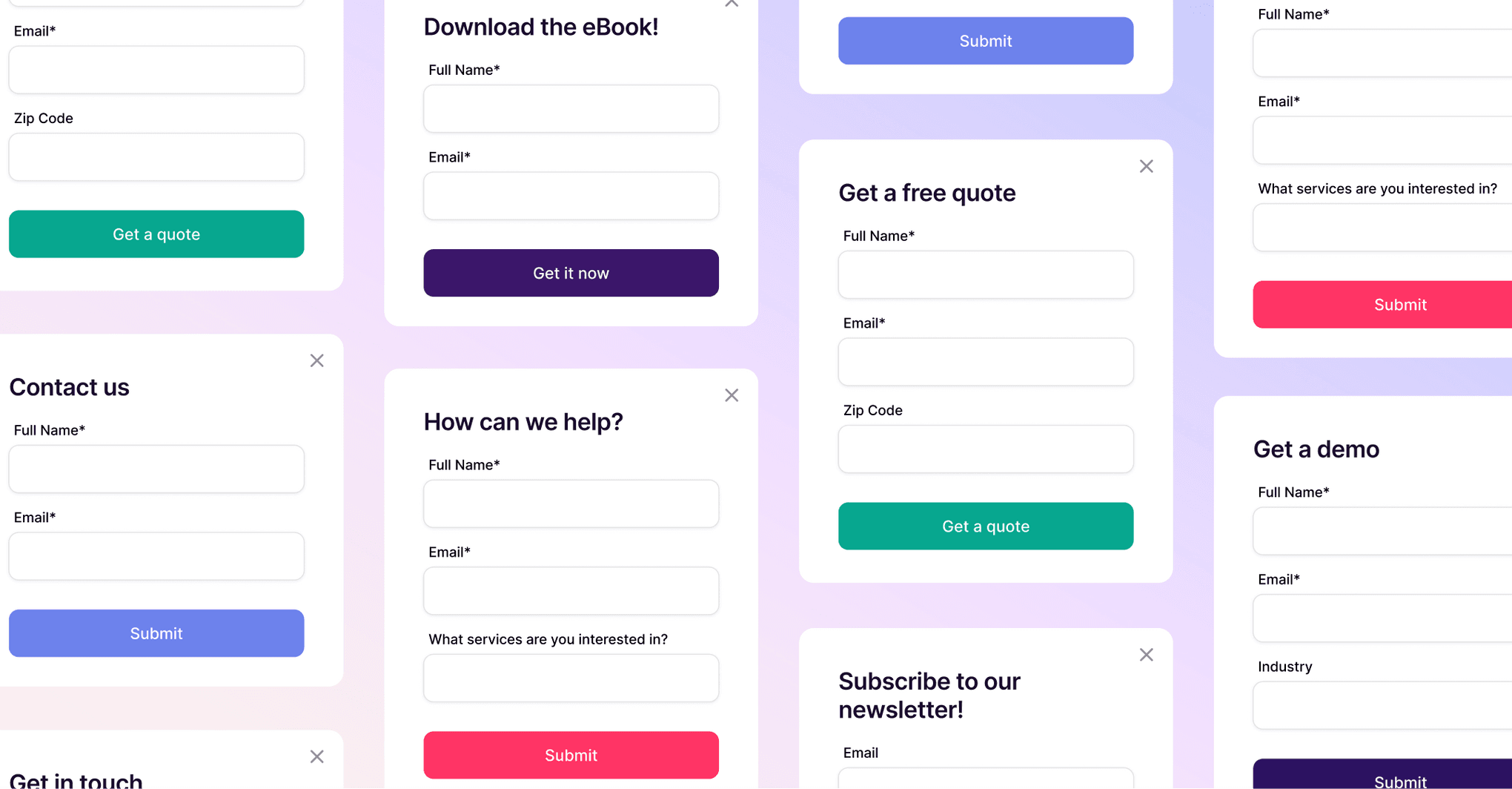Jemicah Marasigan
Content Marketing Manager
We see it all the time: teams trying to turn their customer relationship management (CRM) platform into something it was never meant to be — a project management tool.
They build new pipelines to track post-sale work. They create custom fields to mimic tasks. They overload deal records with notes and updates, hoping the delivery team knows where to look. They use workarounds, duct tape, and sheer willpower to make the CRM stretch beyond what it was designed for.
Because once the deal is closed, most CRMs clock out. And yet, for the client, the real experience is just beginning.
That’s when the work needs to be delivered, when expectations need to be met or exceeded. And when teams need more than a contact record and a task list to stay aligned. They need shared context. They need visibility. They need tools that bridge the gap between what was sold and what gets done.
But you can’t build delivery into a CRM that was only ever built to close deals.
Why traditional CRMs fall short after the sale
Sales teams spend weeks (sometimes months) building trust with a potential client. They uncover needs, tailor solutions, and walk your client through every step with care. But once the deal is signed, everything changes.
The tools change. The team often changes. And the relationship? It can take a back seat to logistics.
Suddenly, the delivery team is handed a record that looks more like a spreadsheet than a living, breathing relationship. There might be notes. There might be tasks. But the nuance is gone. And the client, who once felt understood, now feels like they’re starting from scratch.
It’s not that teams aren’t trying. They’re doing their best to use the tools available.
Some even try to cobble together a project management tool with their CRM features, using extra fields and manual workarounds to manage delivery stages inside systems never designed to handle them.
But that kind of workaround is a sign: the tool you’re using wasn’t built for this kind of work.
How to know if you’re using the wrong tool
Not sure if your current system is doing more harm than good? Here are some clear signs your CRM (or your entire tech stack) might be holding you back:
You’re duplicating information across tools. The sales team enters one version of the truth, while the delivery team creates their own.
Handoffs feel like cold starts. Clients are repeating themselves, and delivery teams are asking questions that were already answered in discovery.
Tasks are scattered across platforms. You’re switching between tabs to figure out what needs to be done next—or worse, tasks fall through the cracks entirely.
You’ve created a ‘fake’ pipeline for delivery. If your delivery workflow lives in a repurposed sales pipeline, that’s a sign your tools aren’t aligned.
Your CRM feels like it stops working after “Closed–Won.” If it’s no longer useful past the deal stage, it’s not supporting the full client lifecycle.
If any of these sound familiar, your CRM isn’t the problem: it’s the limitations of what it was built to do.
And it’s exactly what Copper CRM was built to fix
At Copper, we believe a CRM should support the entire client lifecycle… not just the part where someone signs on the dotted line.
That’s been our mission: to design a CRM and project management tool in one — something that doesn’t hand off relationships once the sale is done, but nurtures them all the way through delivery and beyond.
With Copper, your team can track leads, nurture deals, manage tasks, automate follow-ups, and run entire projects without switching tools or losing context. From the first “hello” to the final deliverable, every conversation, file, and task lives in one place — and always tied to the relationship it belongs to.
Because we believe you shouldn’t have to choose between a tool that’s great for building relationships and a tool that’s great for managing work.
You should have one that does both — and does them well.
Get the latest from our blog every month
How Copper brings relationships and delivery together
If you’re tired of hopping between your CRM and project management tools (or trying to make one behave like the other) here’s how Copper bridges the gap:
1. Pipelines for everything, not just sales
In Copper, you can create as many Pipelines as you need — not just for sales, but for post-sale processes like onboarding, creative production, implementation, or long-term client success.
Each pipeline in Copper can have its own stages, automations, and task flows—so you’re not stuck forcing everything into a one-size-fits-all setup. And moving deals or projects forward? It’s as simple as drag and drop. Whether you’re shifting a lead through your sales funnel or kicking off a new delivery stage, it’s a smooth, visual process that just makes sense.
No more stretching your sales pipeline to fit your delivery work. With Copper, you’re creating clear, purpose-built workflows that actually reflect how your team works—and keep everyone on the same page from start to finish.
2. Projects, tasks, and follow-ups are all in one place
No more bouncing between apps or hunting down sticky notes. With Copper, you can assign tasks, set reminders, and track follow-ups—all from the same place where the client relationship lives. Whether you’re nudging a teammate or reminding yourself to check in with a client, it’s all right there, organized and easy to find.
And to keep things moving without manual work, Copper lets you automate the stuff that usually slows you down. You can trigger tasks, move deals forward, and even send pipeline email automations — personalized messages that go out automatically as clients move through each stage.
That means no missed updates, no forgotten follow-ups, and no copy-pasting the same email over and over again.
3. Custom fields that work for both sales and delivery teams
Sales teams and project teams need different data—but that doesn’t mean they need different tools. With Copper, you can create custom fields tailored to what your team actually needs at each step, whether it’s tracking a client’s preferred delivery format, onboarding checklist, or final sign-off status.
Instead of bouncing between spreadsheets, email threads, and task managers, just keep everything in one place. Custom fields live right inside each client record, so both your sales and delivery teams are always looking at the same source of truth.
Need to filter projects by approval status? Want to tag clients by region, deliverable type, or contract length? Do it all inside Copper. With filters, tags, and custom fields, your team can slice and dice data in whatever way makes sense—without losing context or momentum.
4. Everyone’s on the same page — finally!
With Copper, your whole team can see what’s going on with a client at any point in the journey. From sales and onboarding to delivery and follow-up, everyone has access to the same info: what’s been promised, what’s been done, and what’s coming next.
No digging through emails. No chasing down updates. Instead, it’s just one place to track it all.
And because Copper is both a CRM and project management tool, it brings everything together (from relationship-building to task execution) so nothing slips through the cracks. That means fewer miscommunications, smoother handoffs, and a client experience that actually feels connected.
When your team’s working from the same playbook, you don’t just move faster — you deliver better.
It’s time to stop patching holes and start thinking holistically
If your team is constantly building workarounds just to make your CRM fit your real-world process, it might be time to take a step back.
The problem isn’t your team or your process. The problem is the tool.
Traditional CRMs weren’t built to carry relationships through the entire journey. But Copper was.
Because we believe strong client relationships don’t end when the contract is signed — they grow through delivery, follow-through, and every moment that builds trust.
So instead of trying to build delivery into your CRM, try a CRM that was built for delivery in the first place.
That’s the Copper difference. And that’s how you go from checklists to real client relationships, without missing a beat.






